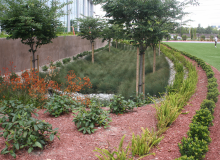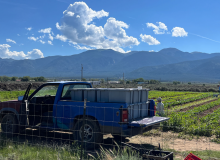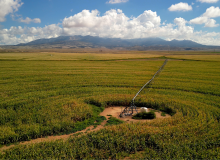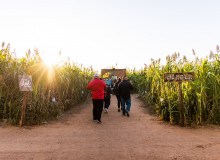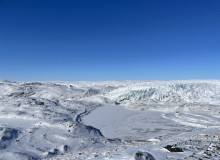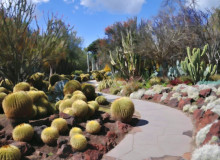Water
George Washington University
California was recently flooded with extreme amounts of rainfall, which highlighted the state's struggle to adequately capture and manage the water.
George Washington University
This short documentary explores fishing of the Potomac River in Washington D.C., where regulations allow fishers to consume portion of their catches, despite warnings from local river-keepers.
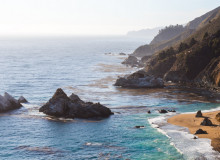
(Tristan Mckenzie/Unsplash License)
Planet Forward Correspondent | Arizona State University
From runoff pollution to drought preparedness, here are four of the most pressing issues facing water in California.
George Washington University
Bacteria can detect, quantify, and remove dangerous chemicals from the environment at a cheaper and faster rate than other technologies, making it ideal for superfund sites, and low-income countries.
Planet Forward Correspondent | SUNY Environmental Science and Forestry
In this podcast, Daniel "Farmer Dan" Carmona shares his personal historical account of water, politics, underground rivers, and water witches!
Planet Forward Correspondent | Colorado State University, Center for Science Communication
In this photoessay, explore the geography of Colorado's agricultural water needs through the stories of two men living in opposite corners of the state, but whose experiences surrounding the need for irrigated water are incredibly similar.
Planet Forward Correspondent | Texas Tech University
How one West Texas family created a sustainable and drought-tolerant crop maze to save a beloved fall tradition from drying out.
George Washington University
As the vast Greenland Ice Sheet melts, mining for heavy metals, withdrawals of sediment, and the use of Northern trade routes may expand.
University of Georgia
Escape into the wondrous Okefenokee Swamp. Alligators, cypress trees, egrets, oh my!
George Washington University
California residents have been altering their habits and daily lives due to the state's over 20-year drought conditions. These practices can be an example to others as climate change worsens.

